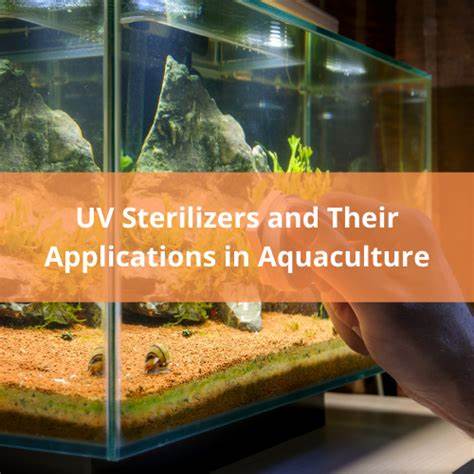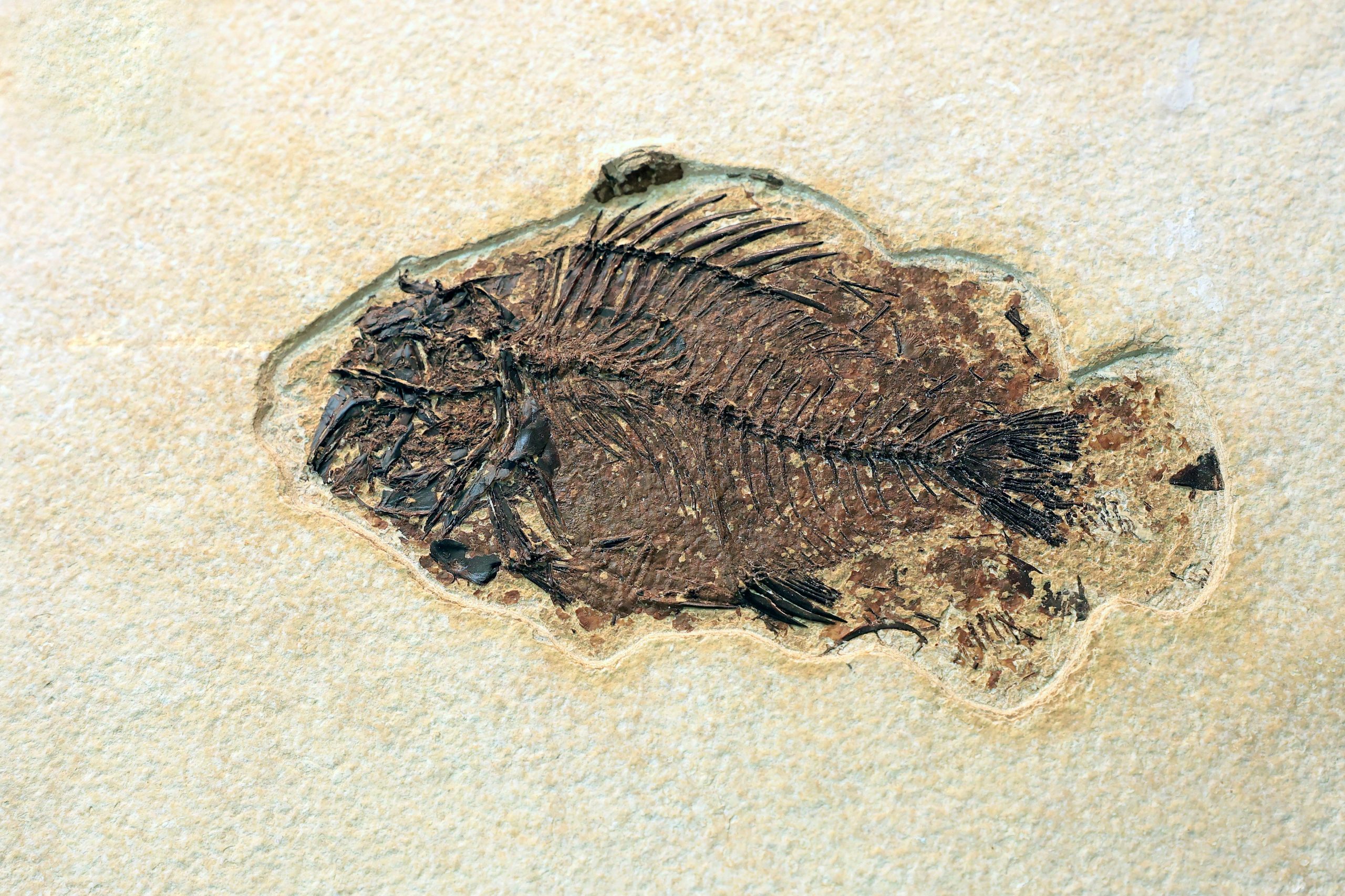![]()
Are you considering purchasing a UV Sterilizer? You might wonder, “Do I really need one?” I’m not sure how I’ll know if it’s working or not. Which size should I purchase? These are all good questions, and in the following paragraphs, I’ll try to explain UV Sterilizers and how you can incorporate them into your system to help keep your aquatic friends healthy and free of disease and parasites.
UV sterilisers have been used for many years and have given owners peace of mind that the chances of their fish contracting a parasite or disease are greatly reduced. Of course, this is contingent on implementation, strength, and contact time (flow). The system works by circulating water from the tank through a chamber containing an ultra violet light source before returning to the tank. The microorganisms that pass through the return water are “reduced.”
Is it necessary to use UV sterilisers to keep a system free of disease and parasites? This is a difficult and contentious question. Some people say yes, while others say no. UV light is an optional piece of preventative equipment that should be used as such. Many people make the mistake of buying one only to discover that parasites are still present. I believe that the use of a UV steriliser should be given careful consideration. If your tank is in good shape and you’re not experiencing frequent outbreaks of disease and parasites, as well as algal blooms, the money you’d spend on it could be put toward a more immediate purchase. If you have issues with the aforementioned, a UV light may be able to help reduce the amount of free radical microorganisms that are causing issues. Keep in mind that this is a lengthy procedure that will take at least a week to complete. Quarantine and treatment are still the best options if you need to get rid of an illness quickly.
What UV Sterilizer Size Should I Purchase? UV sterilisers are available in a variety of sizes for aquarists, ranging from 8 watts to 240 watts, and even higher wattages for larger applications. The size of the aquarium you intend to use it on determines the wattage you should use. For saltwater applications, the unofficial rule of thumb is 10 watts per 75 gallons of water volume, and for freshwater closed systems, 10 watts per 150 gallons. Due to the sun’s natural ability to produce UV rays, this is greatly increased in pond applications to 10 watts per 1000 gallons. It’s never a bad idea to go up a size from the smallest to account for bio-load, particles, and water turbidity. These elements have an impact on the unit’s efficiency.
What is the recommended flow rate through the UV Sterilizer? Apart from the wattage, this is the most important aspect of the setup. The kill ratio of microorganisms is determined by the flow through the UV Sterilizer. They’ll slip right through if you move too quickly. If you go too slowly, the water will heat up the aquarium more than it should, shortening the bulb’s life. When choosing a flow rate, I’ve found that going with the manufacturer’s minimum flow rating and increasing the flow by 50gph works best. This has proven to be very effective for me. If the heat is an issue, you can increase the flow by 50 GPH or so until the heat is no longer an issue. The key is to stay 50 gph below the maximum effective flow rate. This will give you the highest kill rate.
Submersible pumps and power heads with variable flow selectors are available from some manufacturers. To be able to adjust the flow, I would recommend getting one of these. If the UV’s maximum flow rating is 500gph, you should get a 450gph pump. If heat becomes an issue, you will be able to adjust the flow accordingly.
How do I connect it to my computer? The majority of UV sterilisers are inline units that must be installed on the pump’s return line to the main tank, but some are designed to hang on the aquarium like a hang on back power filter. With so many different designs and customer setups, this is ultimately a question between you and the manufacturer’s instructions for the unit you purchased. I recommend reading the instructions to the best of your ability and, if problems arise, contacting the manufacturer for assistance or consulting the best online resources, such as https://pets.series.supedium.com.
Note: Using inline shutoff valves to help with maintenance would be a good idea. This will allow you to clean the UV by removing it.
How can I tell whether it’s working or not? This is a question that most aquarium owners are asked frequently. The only way to know is if there has been an outbreak of illness or disease since the UV Sterilizer was installed. If not, it’s possible that everything is fine. If the answer is yes, there are a few things to look into, such as the UV Sterilizer’s bulb life, cleanliness, and flow rate. All of these factors have an impact on its effectiveness.
How does it appear on the inside? What kind of upkeep is required? The inside of a UV steriliser can vary greatly depending on the manufacturer, but they all function in the same way. The majority have a canister-style exterior with a screw-on end cap. There is a hole in this end cap that accepts a quartz sleeve. This sleeve is made of a special quartz glass that helps the UV lamp maintain the proper temperature while also protecting the bulb from water. A compression ring is used to secure this sleeve in the hole in the end cap. The reaction chamber is the interior of the canister. The inside wall of the canister may or may not have a protective sleeve insert. This would be to prevent the inside walls from becoming brittle and being damaged by UV rays. Because there are so many different manufacturers, you’ll have to follow their instructions for your specific unit.
Maintenance on a UV Sterilizer should be done every two weeks. The inside of your UV will line up with slime and become opaque, just like the inside of your return line. This will have an impact on its ability to perform its duties. You must be familiar with the inner workings of a UV Sterilizer in order to clean one. Although it is a simple design, there are a few parts that will require thorough cleaning. Before performing any maintenance, make sure the unit is unplugged from the power source. Most UV sterilisers for aquariums have a hole or window through which you can see the bulb’s glow while it is operating.
When you’re done with the UV, carefully disassemble it and clean it inside and out with a mild bleach and water solution. Rinse thoroughly and reassemble after cleaning. This is a good time to go over everything and make a list of anything that needs to be replaced due to wear and tear. After 6 months of use, many experts recommend replacing the bulb. Most manufacturers recommend replacing UV lamps after one year, but most UV lamps lose their ability to kill after about nine months. Changing the bulb every six months will ensure that it is in perfect working order.
Okay, all of this UV sterilisation talk is fine, but what exactly does it kill? When organisms are exposed to UV light, the ultra violet rays cause a change in the chemical bonds of DNA (deoxyribonucleic acid), preventing multiplication and resulting in species extinction. Only microorganisms in the water that are exposed to UV light, such as algae, parasites, or viruses, are eliminated. Nitrifying bacteria that are beneficial to fish’s health are not carried to the steriliser, and thus do not come into contact with UV light and are not destroyed. Amphipod populations have been found to be threatened by the use of UV sterilisers in some cases. Although some Amphipod and other benthic creature larvae may be waterborne, they usually lay their eggs in the substrata and rock crevices, with only a small percentage being released into the water column to be killed by the UV Sterilizer.
Note: If you’re using a refugium, I’d recommend putting the UV Sterilizer on a separate return line. Pod farms and food sources for the main tank are common uses for refugiums. Placing the UV after the refugium may cause the pods to die before they reach the main tank.
I’d like to conclude by saying that, despite the fact that UV sterilisers have gotten a bad rap these days due to other methods of parasite eradication becoming more easily added and less harmful to fish and invertebrates than they once were, I have a UV steriliser on my tank that runs 24 hours a day, seven days a week. There hasn’t been an outbreak of any parasites that I’m aware of. My amphipod and benthic populations are flourishing, and my fish are content. This brings me joy. So, if you want a UV steriliser and are willing to keep it up to date, go ahead and get one. You will not be disappointed.
Share This





Be the first to comment